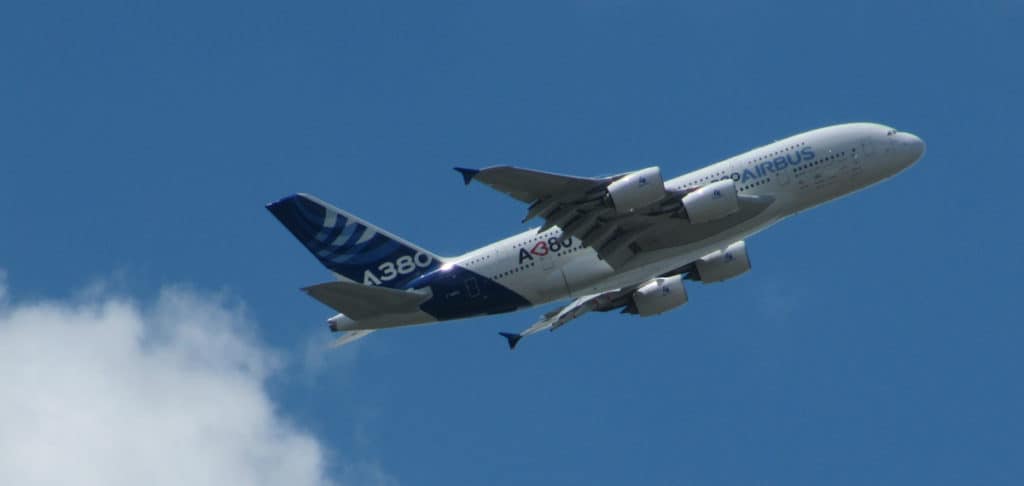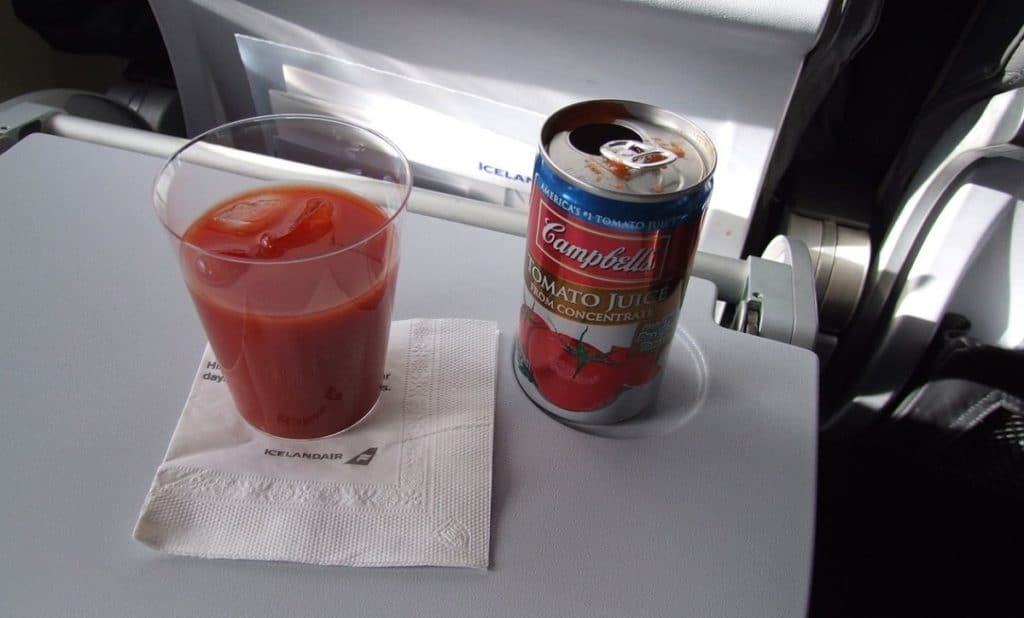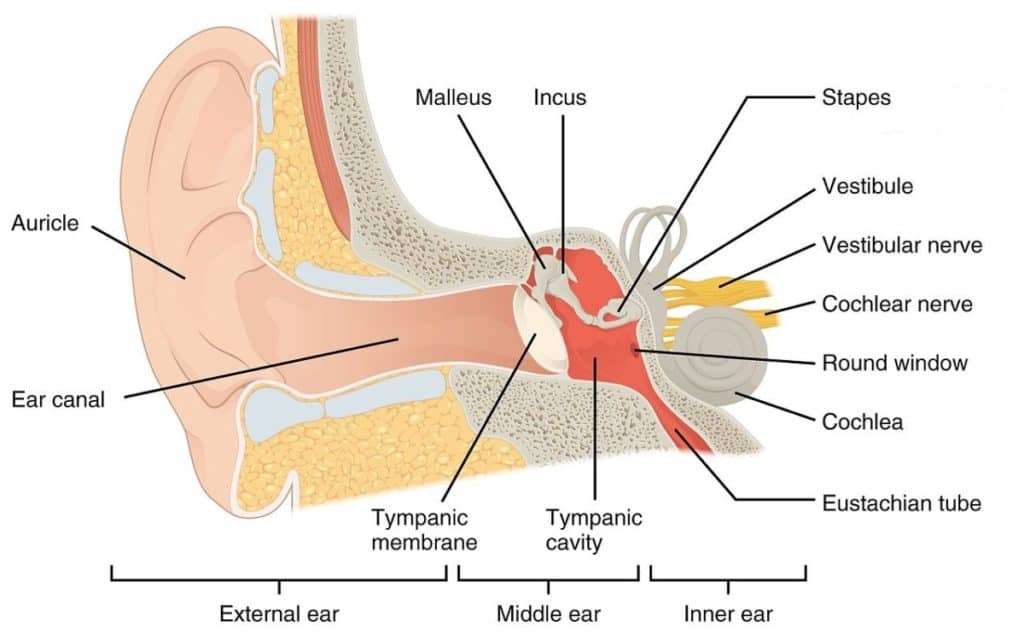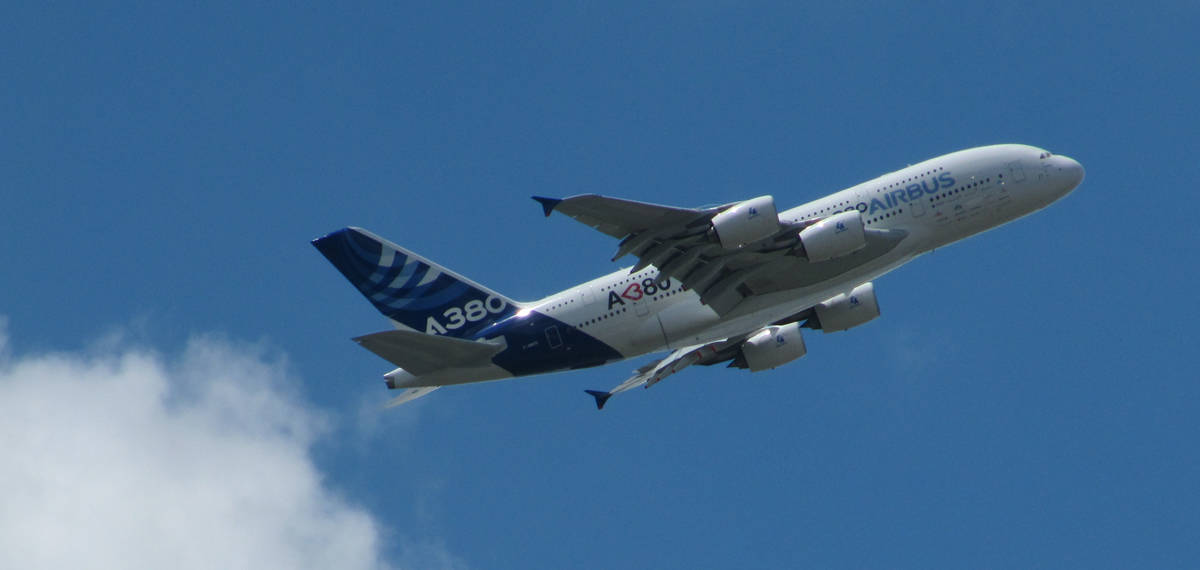
When I was 15 I was painfully made aware of what ear popping was, or in my case, the lack of ear popping during a descent into Tenerife in the Canary Islands.
To be honest, I think that was the most tremendous pain I have ever felt in my life, and back then I wish my parents had known about the techniques in the article to help get my ears popped!
Pilots use chewing, swallowing, yawning, medication & ear clearing techniques to pop ears during flight. A blocked Eustachian Tube does not allow the air pressure to equalize on either side of the eardrum, thus causing pain. Avoiding flight with colds & blocked sinuses is a must for pilots.
So if I felt like this during the descent, how do pilots not get this considering how often they are climbing and descending, because if they did, I can tell you they would not be in any state to command an aircraft!
Techniques Pilots Use To Clear Blocked Ears During Flight
The first thing you need to know about seasoned pilots is that they do not fly when they have a cold, stuffy nose, ear infection, blocked sinus, or any symptom that affects the sinuses or ears.
Even when a pilot feels they are coming down with one of those symptoms or is just recovering from one of those illnesses, pilots stay on the ground! Usually, all pilots will start their career all ‘Gung-Ho’ and nothing stops them flying, until that one flight when they wish they had stayed home!
For general day-to-day flight operations, these are the most common techniques used by pilots of all types of aircraft the world over. They are tried and tested ways of popping ears, so be sure to take note of them and use them yourself next time the ground begins to drop away from you!
Yawning
This stretches the area around the inner ear and can help open the constricted eustachian tube (more about this later) and allow the pressure to equalize on either side of the eardrum.
Swallowing

You may hear your ears make a small popping sound as you swallow. This is the air escaping from and clearing the Eustachian tube. Drinking plenty of fluids during all phases of flight not only helps prevent dehydration but will also keep the areas around your inner ears moving helping keep your ears equalized during climb and descent.
Chewing
Chewing also stretches the areas around your ears. Chewing gum or sucking on hard candies on both climb and descent is a great way and very popular among pilots.
Valsalva Technique
A common technique used by many people, not just pilots, but one that must be used with great care. When the above methods are not working this technique can work:
- Close your mouth
- Hold both nostrils closed with thumb and finger
- Begin to gently blow into your mouth keeping your mouth closed
- You should feel your ears clear
If your ears do not clear, do not try blowing harder as this could rupture an eardrum and lead to an infection or even long-term hearing problems in some cases.

Join My Newsletter & Get Great Tips, Information and Experiences To Help You Become a Superb Pilot!
Toynbee Technique
Similar to the Valsalva technique, but much safer. This places far less pressure on your eardrums:
- Close your mouth
- Hold both nostrils closed with thumb and finger
- Swallow multiple times, instead of blowing
- You should feel your ears clear
EarPlanes
These are a great, inexpensive & drug-free devices designed purposely for helping to prevent and relieve problems with ear popping.
Used by many pilots and passengers all over the world, these simple earplugs fit neatly into your ear and help keep the ear equalized on both sides of your ear drum.
With over 2000 4.5 Star Ratings they are worth taking a look at if the above techniques never seem to work for you.
They also help reduce noise which is a nice feature too!
Avoid Sleeping
This is one we all hope the pilots don’t do but flights with multiple crews on long hauls flights do take it in turns to sleep in crew bunks built into the aircraft, however, they are generally not in them during climb and descent.
But, this does apply to any person in an aircraft, even a pilot sitting back in the cabin catching a ride – Do not sleep during takeoff and descent!
When you sleep, you are unable to do any of the techniques mentioned above. This can cause you to wake up with considerable pain and you may have reached a point where you are unable to equalize your ears and relieve the pain!
Sleep once the aircraft is in level cruise and you will not have any problems!
Decongestion Medications
Decongestion medications can help to reduce any swelling around the Eustachian tube and allow pressure to equalize. Products that contain Pseudoephedrine will help providing they have been taken before the flight or before descent with enough time to take effect.
Any medication that is taken while flying must be approved by a medical professional and if any pilot suspects they are coming down with blocked sinuses, they will not fly.
Sudafed is a typical decongestant medication.
Vasoconstrictor Sprays
These sprays can be handy to use in an emergency. Think of them like a fire extinguisher. There when you need them but not routinely used.
Vasoconstrictor sprays can give immediate relief to painful, blocked ears, however, they can lead to worsening symptoms once the medication begins to wear off.
Many pilots carry these in their flight bag to use as a last resort during descent, but then make sure they do not fly again until fully fit and well.
Afrin by Bayer is one of the most commonly used Vasoconstrictor medications.
Tips For Popping Ears In Children During Flights
Children have much smaller eustachian tubes and as we know kids seem to always have a runny nose, thus they are probably having some sinus issues. Because of this, their eustachian tubes are much easier to block and cause pain for the child as the pressure changes.
We have all heard babies crying on a plane, especially during climb and descent and now you know why!
If you have a flight coming up in the next few days and you find your child is starting to develop a runny nose, irritability, or rubbing their ears make sure you see a qualified pediatrician and seek their advice. Flying with a sick child could cause long-term issues for them, let alone the pain and discomfort they may feel.
If your child is healthy, here are some great tips I have learned flying many times with my children as they have grown over the years:
- For Babies – The use of a soother or bottle feeding at takeoff and start of decent will help them to clear their ears before the pressure starts changing
- For Smaller Children – Chewing gummies while watching a movie for distraction is great
- For Older Children – Sucking on hard candies or chewing gum keeps the areas surrounding the eustachian tubes moving and helps prevent blocking – Showing them the Toynbee Technique is also a good idea
- Water Bottles – Having a water bottle where they have to suck up the water through an internal straw works great to help pop their ears. Keeping them hydrated is also very important.
Be sure to send them to the bathroom before getting on the plane and before descent also keep them relaxed
Why Do Our Ears Pop In Flight?
It is all to do with gasses expanding and contracting as an aircraft climbs and descends. As an aircraft climbs, the air pressure in the atmosphere decreases but a body of trapped air seems to expand – This is known as Boyles Law (Link to NASA).
You may have seen a bag of chips on a flight seem to be ready to burst once you have reached cruising altitude. This is because the pressure on the outside of the bag is lower than the pressure inside the bag, so the air in the bag is trying to get out so it can be equalized to its surroundings.
This happens to every pocket of air in our bodies when we fly. Have you ever been on a plane and needed to burp or fart during a climb, this is why! I tell my wife this and she calls B.S. on me!
This air inside you is wanting to get out. This is the same as the air behind your eardrum!
To prevent the air behind your eardrum from expanding and bursting it like a balloon, we have a small tube connecting the space behind the eardrum to your throat. This is called the Eustachian Tube. This tube allows air on both sides of the eardrum to be at the same pressure.

The pop you feel when unblocking your ears is the eustachian tube opening and the air equalizing between your inner ear and the outside ambient air pressure.
If however, the eustachian tube becomes blocked and you are unable to ‘Pop It’ the air behind the eardrum is not able to equalize with that of the ambient air pressure and it will begin to swell on a climb or become compressed on a descent.
This is what can cause severe pain and is known as ‘Ear Lock’.
Most pilots and passengers will become susceptible to ear lock during descent because the pressure inside the inner ear will gradually become less than that of the surrounding air. This can cause the eustachian tube to collapse and clamp shut, the lower the aircraft descends.
Once on the ground and the pressure is no longer changing most pilots and passengers’ ears will clear naturally, but until that time, they can be in excruciating pain.
To help prevent rapid changes in air pressure during flight commercial airliners have an automatic cabin pressure control system. During climb and descent, it allows the cabin to slowly change pressure at around 3-500ft per minute to give passengers and crew a chance to pop their ears. During the cruise, most aircraft are pressurized to around 6-8000ft even though they are flying up above 35,000ft.
When the eustachian tube is blocked or becomes blocked in flight, this is when problems occur no matter how slow the pressure change occurs.
To Finish
A blocked eustachian tube will cause pain in a pilot as the aircraft climbs and descends. Using techniques or medications prevents them or relieves them from not being able to equalize their inner ears and causing pain.
Technique practice and popping their ears before commencing a climb or descent will allow the pilot to be pain-free and maintain their flight duties. Having sinus illness before a flight should make them stay home but we all know that sometimes that doesn’t happen and for those pilots who take the gamble, the pain they could feel will make them think twice before doing it again!
Further Reading
If you found this article interesting and would like to keep reading, I highly recommend the following articles from my blog:




